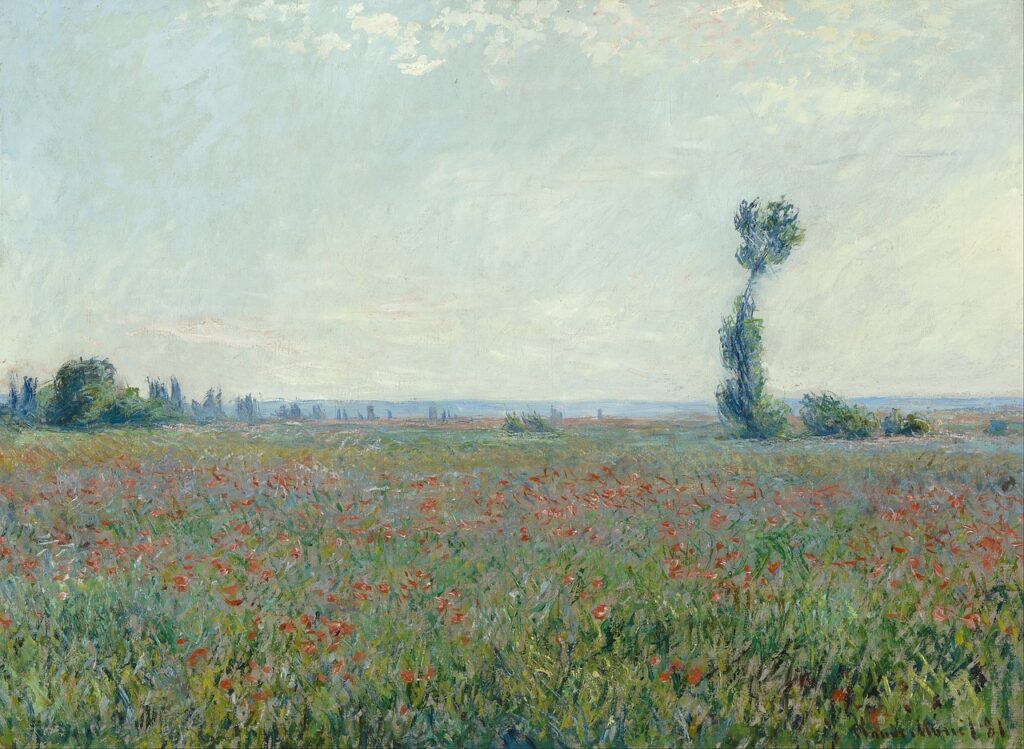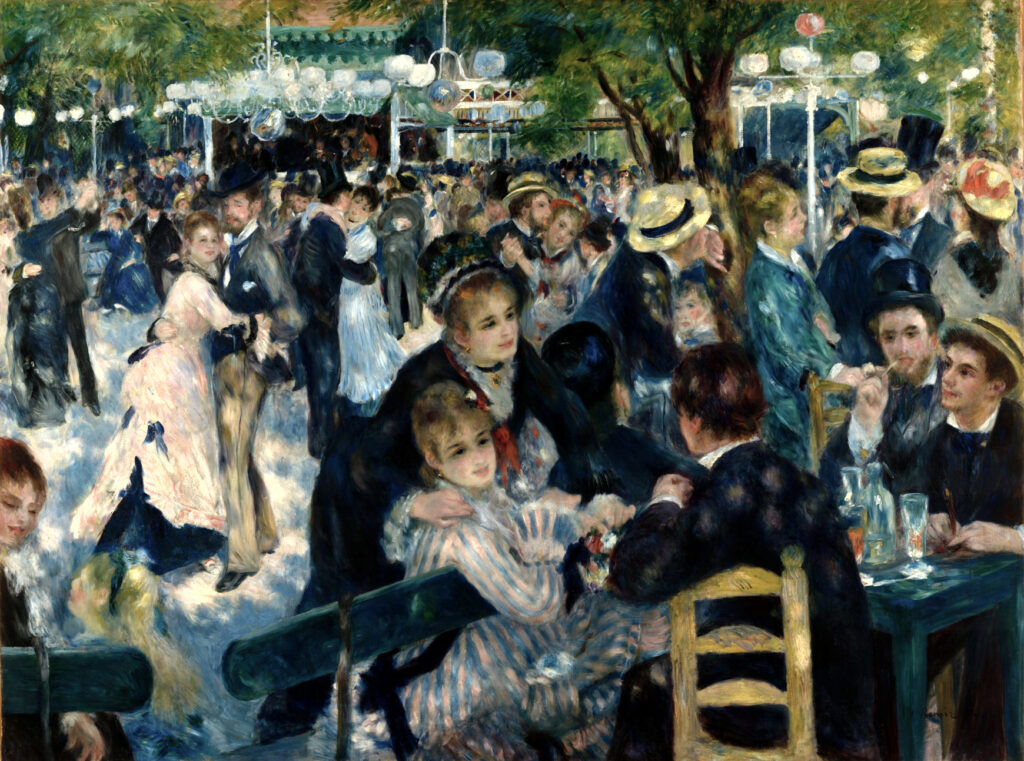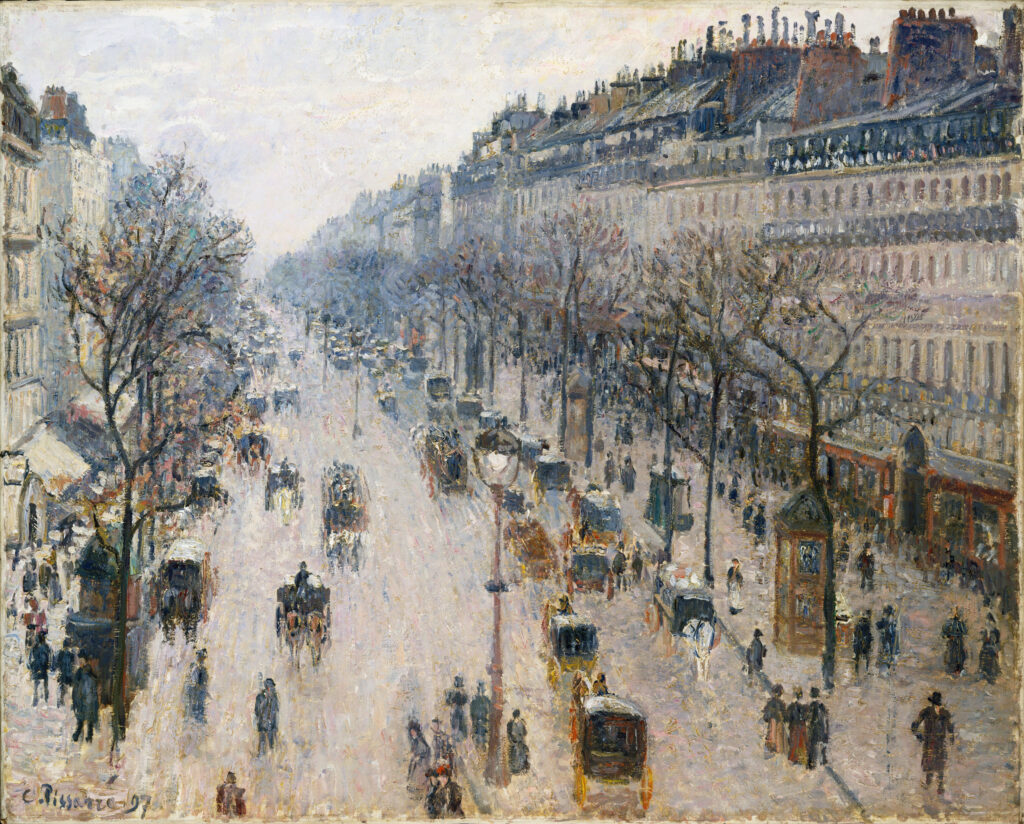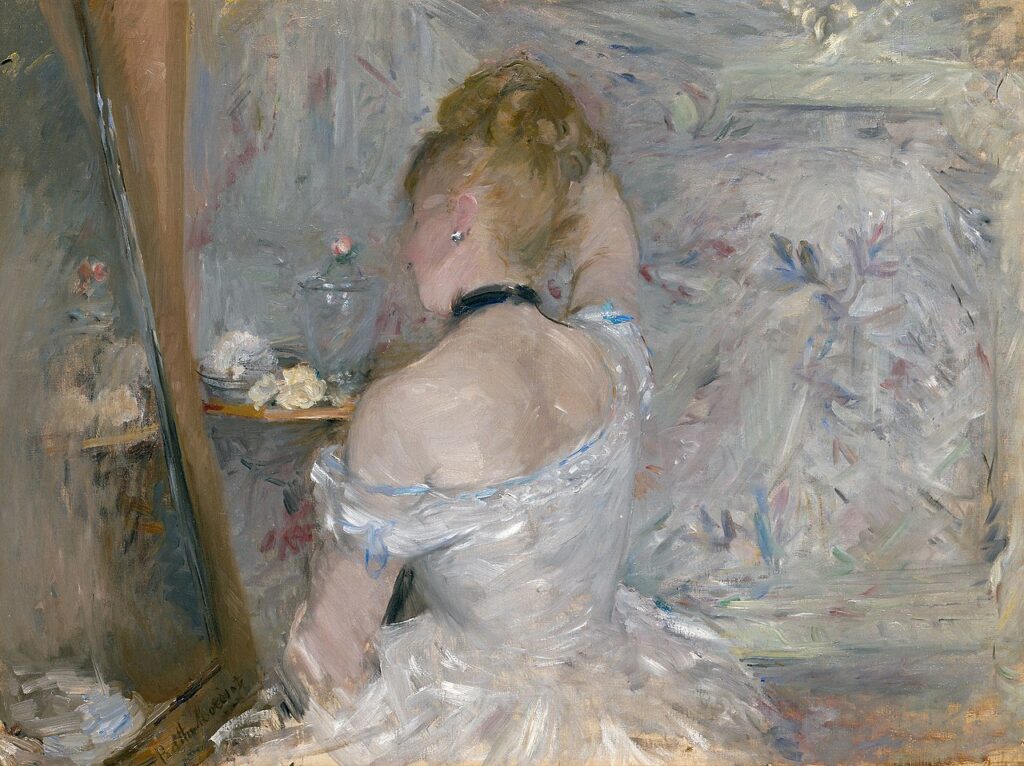This year marks the exciting 150th anniversary of the Impressionist Art movement, one of the most beloved artistic movements in recent history! Institutions worldwide are joining in the celebration. At the forefront of this celebration is the Musee D’Orsay, which is lending a selection of works to local institutions in France to showcase iconic pieces by Impressionist painters. Not only that, but they’re also hosting an exhibition aimed at giving viewers the most accurate context to understand how Impressionism came to be, while clearing up many long-standing misunderstandings about the movement.
As we celebrate this remarkable artistic style, let’s take a fun peek into what led to its establishment, who the key players were, the challenges they faced, and the amazing outcome of their efforts!
The Birth of Impressionism: A Revolution in Art
The Impressionist art movement, born in the 19th century, marked a radical departure from the academic traditions of the time, introducing a new way of seeing and representing the world. To understand the emergence of Impressionism, we must delve into the historical context that surrounded and influenced the movement, as well as explore the lives and styles of its main figures.
Historical Context
The mid-19th century was a time of significant social and technological change in Europe, particularly in France, where the Impressionist movement originated. The Industrial Revolution brought about rapid urbanization and advancements in transportation, while political upheavals such as the Franco-Prussian War (1870-1871) and the Paris Commune (1871) led to widespread social unrest.
These tumultuous times fostered a desire for new forms of expression, both in art and in society. Artists sought to break free from the constraints of academic painting, which emphasized idealized representations of historical and mythological subjects. Instead, they sought to capture the fleeting moments of modern life and the ever-changing effects of light and color.
Claude Monet and Company
The Impressionist movement was spearheaded by a group of French artists who rebelled against the traditional art establishment. Among the key figures were Claude Monet, Pierre-Auguste Renoir, Edgar Degas, Camille Pissarro, and Berthe Morisot.
Claude Monet is often regarded as the father of Impressionism. His works, such as “Impression, Sunrise” (1872), gave the movement its name and epitomized its focus on capturing the fleeting effects of light and atmosphere.

Pierre-Auguste Renoir, known for his lush, vibrant brushwork and intimate depictions of everyday life, was another prominent figure in the Impressionist circle. His paintings often featured scenes of leisure and social gatherings, portraying the joys of modern urban life.

Edgar Degas, although associated with Impressionism, preferred to call himself a realist. Nevertheless, his innovative compositions and keen observations of contemporary life had a significant influence on the movement.

Camille Pissarro, the only artist to exhibit in all eight of the Impressionist exhibitions, played a crucial role in fostering the group’s camaraderie and artistic experimentation. His landscapes and urban scenes captured the changing rhythms of life in rural and urban France.

Berthe Morisot, one of the few female Impressionist painters, brought a unique perspective to the movement with her intimate portrayals of domestic life and her adept handling of color and light.

Among the notable figures whose work contributed to the movement’s impact is Edouard Manet. His paintings often stirred controversy in Parisian society for their subject matter and style, adding another layer of intrigue to the Impressionist story.
Themes and Subjects
Impressionist artists sought to capture the immediacy of modern life, often depicting scenes of leisure, landscapes, and urban scenes. They were particularly interested in the effects of light and atmosphere on their subjects, choosing to paint en plein air (outdoors) to capture these fleeting moments.
Unlike the academic artists of the time, who focused on historical or mythological themes, the Impressionists celebrated the ordinary and the everyday. They portrayed scenes of bustling streets, tranquil landscapes, and leisure activities with a sense of spontaneity and freshness.
Plastic Differences
The Impressionists introduced several revolutionary techniques that set them apart from their academic predecessors. One of the most notable was their use of short, broken brushstrokes, which allowed them to capture the play of light and color with greater immediacy.
They also embraced a brighter palette of colors, using pure, unmixed pigments to create vibrant and lively compositions. This departure from the muted tones of academic painting contributed to the sense of vitality and energy in their works.
Additionally, the Impressionists eschewed the use of traditional perspective, opting instead to convey a sense of movement and dynamism through their compositions. They often cropped their subjects and employed unconventional viewpoints, challenging the viewer’s perceptions and inviting them to engage more actively with the artwork.
Legacy and Impact
Despite facing initial resistance from the art establishment, the Impressionists eventually gained widespread recognition and acclaim for their groundbreaking contributions to art. Their rejection of academic conventions paved the way for modern art movements such as Post-Impressionism, Fauvism, and Cubism.
The Impressionists’ focus on capturing the fleeting moments of modern life and their innovative techniques continue to inspire artists and art lovers to this day. Their legacy lives on in the countless museums and galleries around the world that showcase their timeless masterpieces.
In conclusion, the Impressionist movement was a revolutionary force in the art world, challenging long-held conventions and ushering in a new era of artistic expression. Through their bold experimentation and commitment to capturing the essence of modern life, the Impressionists forever changed the course of art history.




